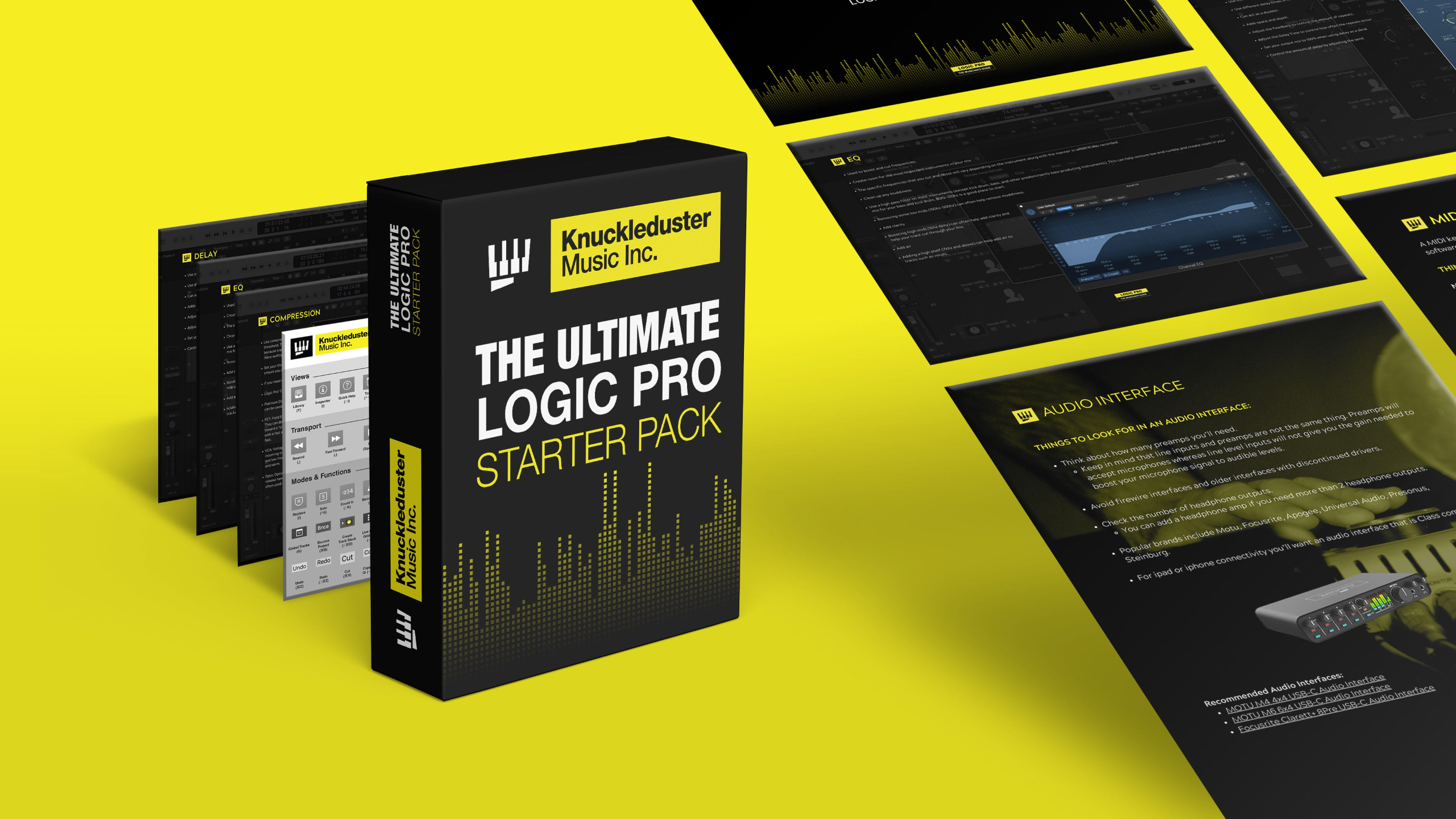Logic Pro 11's Chord Track (Complete Tutorial)
May 23, 2024
Today, I’m excited to dive into the new Chord Track feature in Logic Pro 11 and show you how to incorporate it into your music projects.
First things first, let's talk about how to access the Chord Track. To pull it up, go to the Global Tracks section and click on the icon that says “Show/Hide Global Tracks.” You can also use the shortcut by pressing the letter G on your keyboard. If you don’t see the Chord Track right away, just right-click and select “Chord.” Now, you’ll see the chord track appear, and we can start mapping out the chord progression of our song.
The Chord Track can help in a few different ways. One, it makes it super easy to follow along with the progression of your song. For example, when I’m playing on my MIDI keyboard, I can just glance up at the Chord Track to see which chord I need to play next. It’s also incredibly useful if you decide to use any of the session players in Logic Pro 11, as these players will follow the chords in the Chord Track. Finally, you can drag the chords from your Chord Track into your arrangement window, converting them into MIDI, and apply them to different software instruments.
Let’s take a closer look at how this works. To input a chord, you can do it in a few ways. Using the mouse, you can select different root notes and chord qualities like major, minor, sus2, sus4, augmented, and diminished. You can also add extensions or change the bass note for different inversions. Another way to input a chord is by typing it directly or using your MIDI keyboard to play it in.
Once you’ve input your chords, you can edit them easily. Double-click on a chord to change it or adjust the timing by clicking and dragging. Logic Pro 11 also offers some preset chord progressions like 2-5-1, 1-5-6-4, and more, which can be really handy.
Now that we have our chords, what can we do with them? For starters, it’s great for following along if you’re playing a piano part. Another cool feature is using session players. Instead of a MIDI region, create a session player region and select a keyboard player. You can even get the keyboard player to follow another track, like the bass, for a more cohesive sound. If you need complete control, you can convert the session player region to a MIDI region, allowing you to delete, move, or edit notes.
Alternatively, you can set the pitch source to follow region chords, letting you audition different chords without changing the main chord track.
I hope this gives you some ideas on how to incorporate the Chord Track into your own projects. Thanks so much for your likes and subscribes! I hope you enjoyed the video, and I'll see you in the next one.
TIMECODES:
00:00 Intro
00:30 Accessing Chord Track
01:01 Why Use a Chord Track?
01:53 Different Ways to Input Chords
04:55 Editing a Chord Track
05:58 Progression Presets
06:31 Key Changes and Transposition
07:16 Creating Midi Regions From Chords
08:30 Session Player Region
10:54 Follow Track
12:03 Convert to Midi
12:30 Follow Region Chords
14:23 Region Chords to Chord Track
14:41 Final Thoughts


